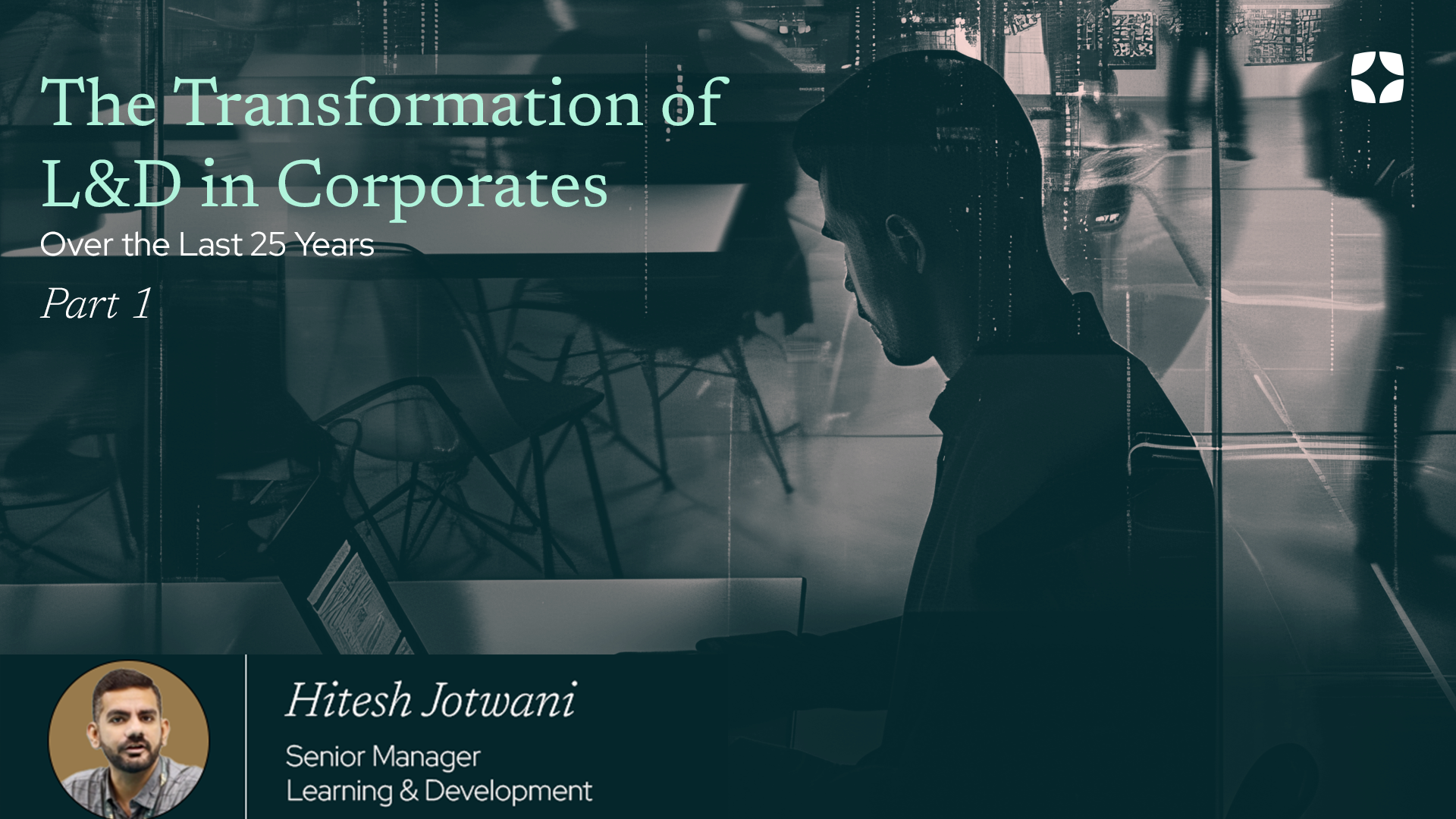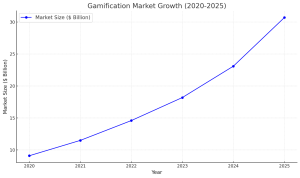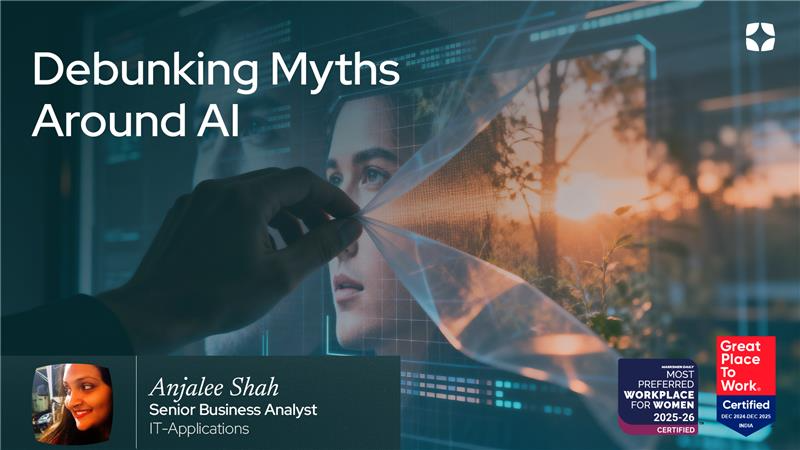Starting Your New Job
The Transformation of Learning & Development in Corporates Over the Last 25 Years
June 07, 2025 --- min read
Growth
In the rapidly evolving landscape of the corporate world, the last 25 years have witnessed a profound transformation in the realm of Learning and Development (L&D). This evolution is driven by technological advancements, changing workforce dynamics, and a growing emphasis on continuous learning. As businesses strive to maintain a competitive edge in an increasingly complex global market, the way they approach employee development has undergone significant changes. This blog explores the key milestones and trends that have shaped corporate L&D over the past quarter-century.
Today, let’s focus on a few of the critical aspects like:
- E-Learning
- Personalized Learning
- Mobile Learning
- Gamification
The Rise of E-Learning
| Year | Market Size ($B) | YoY $ Growth ($B) | Growth Drivers |
| 2000 | ~2 | – | Early adoption, internet expansion |
| 2010 | ~35 | ~3.3 (avg) | LMS platforms, corporate training |
| 2020 | ~200 | ~18 (avg) | MOOCs, mobile learning, COVID-19 boost |
| 2026 (P) | ~400 | ~30 (avg) | AI, immersive learning, reskilling |
In the late 1990s and early 2000s, the advent of the internet revolutionized corporate training. E-learning emerged as a cost-effective and scalable solution, enabling companies to deliver standardized training programs to a geographically dispersed workforce. Platforms offering online courses, webinars, and interactive modules became commonplace. This shift not only reduced training costs but also allowed employees to learn at their own pace, fostering a culture of self-directed learning
Source: Reports from firms like Statista, MarketsandMarket, Grand View Research & Technavio
The Shift Towards Personalized Learning
As technology advanced, so did the ability to personalize learning experiences. The one-size-fits-all approach of early e-learning platforms gave way to more tailored solutions. Learning Management Systems (LMS) began leveraging data analytics to understand individual learning patterns, skills gaps, and preferences. This shift enabled organizations to offer customized learning paths, enhancing engagement and effectiveness.
| Year | Event/Development | Impact |
| 2000 | LMS adoption begins | Limited personalized features, focus on content delivery. |
| 2012 | Rise of MOOCs (Coursera, edX) | Introduction of self-paced learning pathways. |
| 2015 | AI in education emerges | Platforms like DreamBox and Smart Sparrow drive adaptive learning. |
| 2020 | COVID-19 accelerates digital transformation | Surge in demand for personalized remote learning solutions. |
| 2026 (P) | Integration of AR/VR and blockchain in personalized learning | Immersive and secure learning experiences tailored to individual needs. |
Milestones in Personalized Learning Growth
Source: Reports from firms like RAND Corporation, Grand View Research, EdTechXGlobal and eLearning Industry
Integration of Mobile Learning
The proliferation of smartphones and tablets in the 2010s further transformed corporate L&D. Mobile learning, or m-learning, provided employees with the flexibility to access training materials anytime, anywhere. This on-the-go learning approach was particularly beneficial for field-based employees and those with limited access to traditional training environments. Mobile apps and microlearning modules became popular tools for delivering bite-sized, just-in-time learning experiences.
| Sector | Key Usage | Adoption Level |
| Education | Remote classes, homework, gamified apps | Very High |
| Corporate | Microlearning, compliance training | Very High |
| Healthcare | Professional training, patient education | High |
| Government/Military | Skills training, language learning | Moderate to High |
| Retail | Onboarding, quick-reference tools | Moderate |
| Nonprofit | Community education, fieldworker training | Moderate to High |
Sector Comparison
Source: EdTech Magazine, EdSurge, UNESCO, eLearning Industry, MarketsandMarkets, Statista, Pew Research Center, Brandon Hall Group
Gamification and Engagement
To combat the challenge of waning employee engagement, organizations began incorporating gamification into their L&D strategies. By integrating game-like elements such as points, badges, and leaderboards, companies were able to make learning more interactive and enjoyable. This approach not only motivated employees to participate actively but also fostered healthy competition and collaboration among teams.

Source: MarketsandMarkets
I’m sure the above helps us see the stark difference in terms of how the learning approach has evolved. Next week, we’ll focus on a few more important aspects like:
- Soft-Skills & Leadership Development
- Social Learning
- Data Driven L&D
- Impact of Covid-19
Stay tuned everyone
About the Author
Hitesh Jotwani, Senior Manager – L&D at Collabera, is a strategic learning leader driving talent development, team empowerment, and digital transformation. With global experience and a skills-first mindset, he enables impactful growth across people, processes, and performance. His multilingual expertise further strengthens his ability to connect, engage, and elevate diverse teams worldwide.




